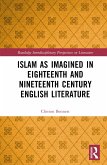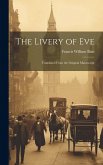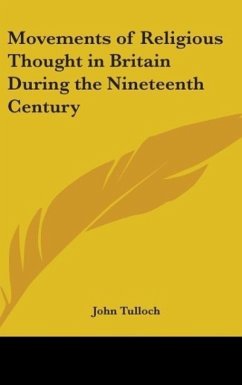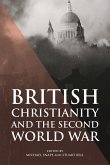Making and remaking saints examines the place of 'saints' and sanctity in a self-consciously modern age and argues that holy men and women were pivotal in religious discourse, as subjects of veneration and inter-confessional contention. It provides the first collection of essays exploring sainthood both as an enduring religious institution and as a metaphor that could be transposed into unexpected contexts. British Protestants were equally as fascinated by saints and sainthood as Catholics were. Long after the mechanisms of canonization had disappeared, they continued not only to engage with the saints of the past but continued to make their own saints in all but name. Saints were central to broader debates about gender, character, heritage and history, and even doubters and atheists had their patron saints. In an age of confessional strife, doubt and secularisation, devotional practices and language remained central to how both Christians and their opponents reflected on that changing world. Each of the sixteen chapters in this volume focuses on the reception of a particular individual or group. The collection will appeal not only to historians interested in religious thought and writing, but also those concerned with material culture and the experiences of ordinary people. It will be read by scholars who study the uses of the past and those looking at how anthropologists, archaeologists and other scholars began in the nineteenth century to investigate religion's pasts more dispassionately, as well as being of interest to readers from all religious traditions concerned with how denominational identities were shaped and reshaped.
Bitte wählen Sie Ihr Anliegen aus.
Rechnungen
Retourenschein anfordern
Bestellstatus
Storno








